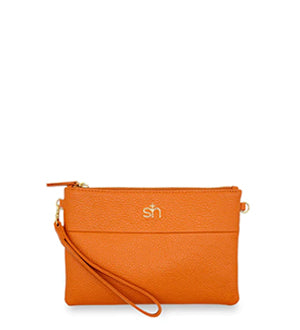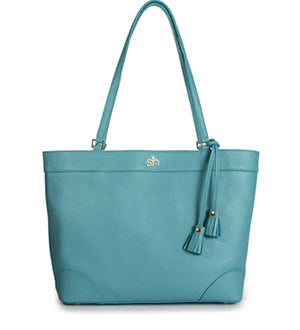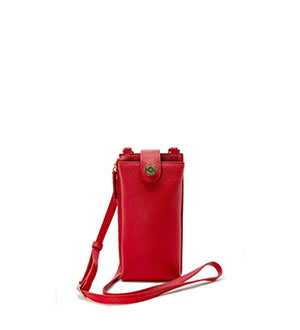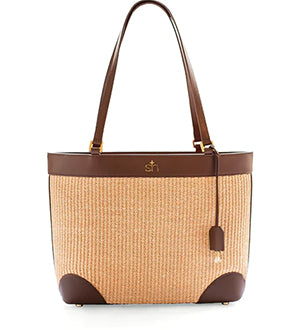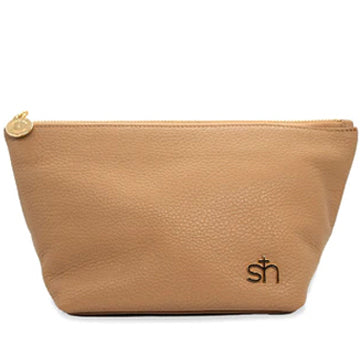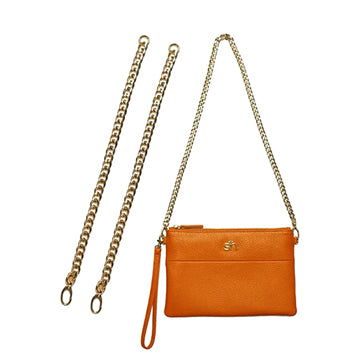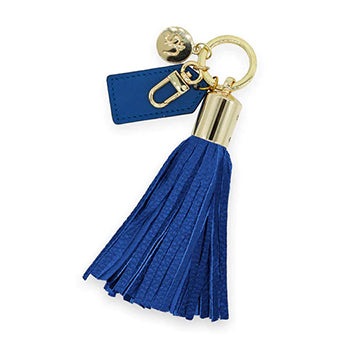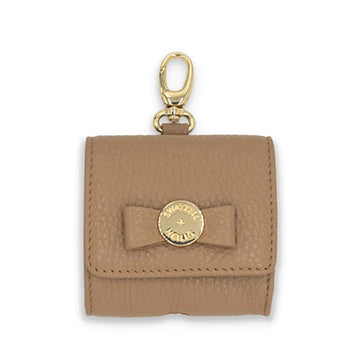Hidden Dangers: Common Leather Care Mistakes to Avoid
Leather is a timeless material, valued for its elegance, durability, and versatility. From handbags and shoes to furniture and car interiors, leather products elevate our lives with their luxurious appeal. However, leather requires specific care to maintain its luster and longevity. While many people attempt to care for leather at home, common mistakes can inadvertently cause lasting damage. In this guide, we'll explore the hidden dangers of improper leather care, uncovering frequent errors and sharing practical advice to keep your leather items in pristine condition for years to come.
Understanding Leather: A Unique Material
Before delving into mistakes, it's essential to understand what makes leather unique. Leather is derived from animal hides and undergoes a tanning process to enhance its durability and aesthetics. This organic nature means leather is porous and susceptible to environmental factors like moisture, heat, and friction. Proper care acknowledges this delicacy, ensuring that cleaning and conditioning methods support rather than harm its natural properties.
Mistake 1: Using Harsh Chemicals
One of the most common errors in leather care is using products with harsh chemicals. Many household cleaners contain alcohol, ammonia, or bleach, which can strip leather of its natural oils, causing dryness, discoloration, and cracking.
Why It's Harmful
Leather relies on its natural oils to maintain flexibility and resilience. Harsh chemicals disrupt this balance, leaving the material brittle and prone to damage.
How to Avoid It
- Choose Leather-Specific Cleaners: Use products formulated specifically for leather, as they are designed to clean without stripping essential oils.
- Test First: Always test a cleaner on an inconspicuous area before applying it to the entire surface.
- DIY Alternatives: Mild solutions like a mixture of distilled water and a small amount of white vinegar can be a gentle option for cleaning.
Mistake 2: Over-Conditioning Leather
Conditioning is an essential step in leather care, but over-conditioning can be just as harmful as neglecting it. Excessive application of leather conditioners can lead to a sticky, greasy surface that attracts dirt and clogs the leather's pores.
Why It's Harmful
Leather can become oversaturated, causing it to lose its breathability. This may result in a tacky texture and encourage mold growth, especially in humid climates.
How to Avoid It
- Follow Manufacturer Guidelines: Use only the recommended amount of conditioner and adhere to the suggested frequency, typically every 612 months.
- Wipe Off Excess: After applying conditioner, gently buff the surface with a clean, dry cloth to remove any excess.
- Assess Leather's Needs: Not all leather items require frequent conditioning; for instance, heavily used items may need it more often than rarely used ones.
Mistake 3: Skipping Regular Cleaning
Neglecting regular cleaning allows dirt, oils, and grime to accumulate, leading to a dull appearance and potential long-term damage. Many people mistakenly believe that leather doesn't require frequent cleaning, but this couldn't be further from the truth.
Why It's Harmful
Accumulated debris can become embedded in the leather's surface, causing abrasions and weakening the material over time.
How to Avoid It
- Establish a Routine: Dust and wipe down leather items weekly using a soft, damp cloth.
- Deep Clean Periodically: Use a leather cleaner every few months to remove built-up grime, especially for high-use items like furniture or car seats.
- Protect from Stains: Treat spills immediately to prevent staining. Blot (don't rub) with a clean cloth and use a leather cleaner if needed.
Mistake 4: Exposing Leather to Direct Sunlight and Heat
Prolonged exposure to direct sunlight or heat is a leading cause of leather fading and cracking. While leather can tolerate some environmental stress, excessive heat dries out its natural oils, leaving it parched and brittle.
Why It's Harmful
Sunlight accelerates discoloration, while heat causes the leather to lose moisture, leading to cracks and an uneven texture.
How to Avoid It
- Choose the Right Placement: Keep leather furniture and accessories away from direct sunlight and heat sources like radiators.
- Use UV Protection: Consider applying a UV-protective leather spray to items regularly exposed to sunlight, such as car interiors.
- Store Smartly: When not in use, store leather items in cool, dry locations with adequate ventilation.
Mistake 5: Ignoring Specific Leather Types
Not all leather is created equal. Full-grain leather, suede, and patent leather each have distinct characteristics and care requirements. Treating all leather the same way can result in unintended damage.
Why It's Harmful
Using the wrong products or techniques for a specific leather type can cause irreversible damage, such as stains on suede or scratches on patent leather.
How to Avoid It
- Identify the Leather: Understand whether your item is full-grain, top-grain, corrected-grain, suede, or bonded leather.
- Use Tailored Products: For example, suede requires a specialized brush and cleaning block, while patent leather benefits from gentle polishing creams.
- Educate Yourself: Research care recommendations specific to your leather type or consult professionals when in doubt.
Mistake 6: Using Too Much Water
Water is often considered a quick fix for cleaning, but excessive water can wreak havoc on leather. Leather is porous, and too much moisture can cause it to swell, warp, or even develop mold.
Why It's Harmful
Over-saturation weakens the fibers and can lead to discoloration, making the leather appear blotchy.
How to Avoid It
- Spot Clean Only: Use a lightly dampened cloth for cleaning rather than soaking the leather.
- Dry Properly: If the leather does get wet, dry it naturally at room temperature. Avoid using hairdryers or heaters, as they can cause shrinkage.
- Use Protectants: Apply a water-resistant leather spray to shield items from accidental spills and rain.
Mistake 7: Failing to Address Minor Damage Promptly
Scratches, scuffs, and small tears are inevitable, but ignoring them can lead to more significant problems. Neglecting to repair minor damage allows it to worsen, potentially ruining the item beyond repair.
Why It's Harmful
Untreated damage can spread, especially if the leather is subjected to further stress or wear.
How to Avoid It
- Act Quickly: Use a leather repair kit or filler to address small scratches and scuffs as soon as possible.
- Seek Professional Help: For more extensive damage, consult a leather repair specialist.
- Prevent Future Issues: Use protective covers or cases for frequently handled items like phones or wallets.
General Tips for Long-Term Leather Care
- Rotate Usage: Avoid using the same leather items daily to prevent wear patterns.
- Invest in Quality Products: High-quality cleaners, conditioners, and protectants can significantly extend the life of your leather goods.
- Store Properly: Keep leather in breathable fabric bags or covers to prevent moisture buildup.
- Maintain Humidity Levels: Use a dehumidifier in humid climates to protect leather from mold and mildew.
Lasting Elegance
Caring for leather requires a balance of vigilance, knowledge, and the right products. By avoiding these common mistakes, you can preserve the beauty and functionality of your leather items for years to come. Remember, leather is an investment, and proper care is the key to ensuring it remains a luxurious and enduring part of your life. When in doubt, consult professionals or invest in high-quality leather care products tailored to your needs. With the right approach, your leather will thank you with lasting elegance and resilience.
You may also be interested in: Recharge Reconnect - Why You Deserve a Summer Sabbatical ...
Indulge in the craftsmanship of attainable luxury Italian leather. Exclusive designs and impeccable functionality, handcrafted to last a lifetime. Shop the Swatzell + Heilig's fashion collection now!
Powered by flareAI.


